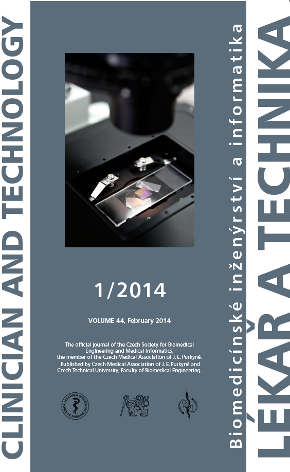INDIVIDUALIZATION OF HEAD RELATED TRANSFER FUNCTION
Keywords:
binaural technology, virtual reality, HRTFAbstract
Head related transfer functions (HRTFs) are needed to present virtual spatial sound sources via headphones. Since individually measured HRTFs are very costly and time consuming, in this paper the individualization of the dummyhead's HRTFs will be discussed. Here, the individualization is based on a scalable ellipsoidal head model. From this model the individualization is splitted into the individualization of the interaural time difference (ITD) and the spectral domain. The ellipsoidal modeling of the ITD gives quantitatively good results, considering the individual measurements. The second approach in spectral domain scales the transfer function in frequency. An angle dependent factor is calculated by the head dimensions of the subject. Afterwards, the scaling results are compared and discussed with individual measurements.Downloads
Published
Issue
Section
License
Copyright (c) 2017 Marcia Lins, Ramona Bomhardt

This work is licensed under a Creative Commons Attribution 4.0 International License.
Authors who publish with this journal agree to the following terms:
- Authors retain copyright and grant the journal right of the first publication with the work simultaneously licensed under a Creative Commons Attribution License (https://creativecommons.org/licenses/by/4.0/) that allows others to share the work with an acknowledgment of the work's authorship and initial publication in CTJ.
- Authors are able to enter into separate, additional contractual arrangements for the non-exclusive distribution of the journal’s published version of the work (e.g., post it to an institutional repository or publish it in a book), with an acknowledgment of its initial publication in this journal.
- Authors are permitted and encouraged to post their work online (e.g., in institutional repositories or on their website or ResearchGate) prior to and during the submission process, as it can lead to productive exchanges.
CTJ requires that all of the content of the manuscript has been created by its respective authors or that permission to use a copyrighted material has been obtained by the authors before submitting the manuscript to CTJ. CTJ requires that authors have not used any copyrighted material illegally, as for example a picture from another journal or book, a photo, etc. It is the author’s responsibility to use only materials not violating the copyright law. When in doubt, CTJ may ask the authors to supply the pertinent permission or agreement about the use of a copyrighted material.
The opinions expressed in CTJ articles are those of authors and do not necessarily reflect the views of the publishers or the Czech Society for Biomedical Engineering and Medical Informatics.


